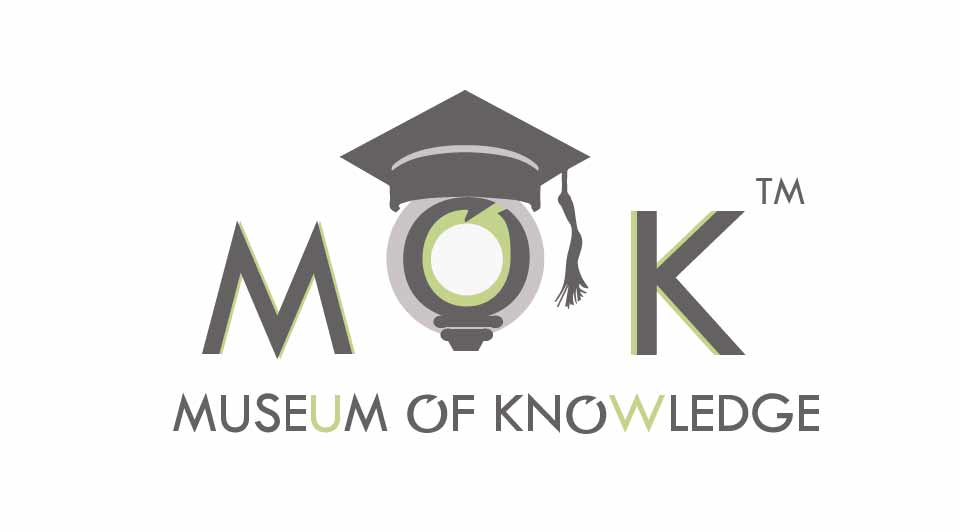The Museum of Knowledge employs traditional language learning tools and expressively explores options to improve Spanish grammar techniques. Many Spanish language learner providers may prefer to adopt more contemporary techniques that do not involve repetition or explanations of grammatical rules. The Museum of Knowledge employs tried and tested, conventional Spanish language learning tools to assist students who wish to improve their Spanish grammar techniques. Such traditional techniques combine contemporary language learning tools for seamless e-learning so that students who wish to learn Spanish and improve their Spanish grammar techniques can do so effectively.
Repetition has always been thought to provide a good mechanism that enables students to improve Spanish grammar techniques and this is a practice that the Museum of Knowledge employs with an innovative approach. Through e-learning modules, exercises and in some cases tailored games, Spanish language learners can improve Spanish grammar without the repetition aspect of the task becoming too mundane.
The Museum of Knowledge employs conventional language learning techniques that facilitate students who wish to improve their Spanish grammar as this serves as one of the key pillars for gaining true competency and mastering the Spanish language fully.
Tailored Spanish language courses and modules facilitate students so that they can learn Spanish and improve Spanish grammar techniques through regular practice of the Spanish courses and modules developed by the Museum of Knowledge team.




